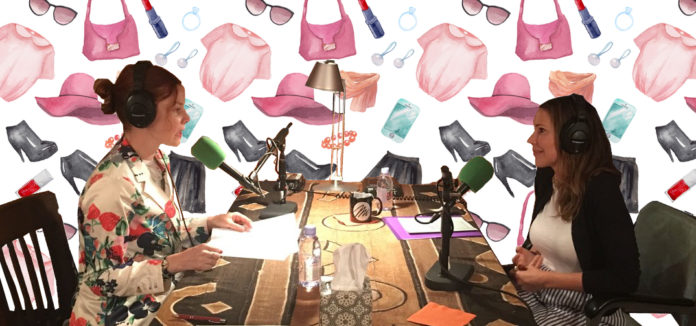In France, a guy stood on the street on three different occasions asking women for their phone numbers. One time, he held no bag; the next, a gym bag; and finally a guitar case. Guess which time he got the most phone numbers…Holding the guitar case.
Surprising? Nah. As much as we may want to deny it, most of us recognize something of ourselves in the throng of hyperventilating tweens waiting for a glimpse of Zayn’s newest hair direction or to hear Ed Sheeren’s awkward-sincere croon, because most of us have been there. We’ve hoped to get backstage or better yet pulled up on stage; we’ve camped out in line for tickets or covered our walls in posters and magazine covers; we’ve liked a thousand IG pictures.
The musician-as-heartthrob isn’t a phenomenon reserved for 20th and 21th-Century rock stars and their groupies. The appeal of music and those who make it is ancient. Charles Darwin wrote about the role of music in human mating patterns, relating it to bird-song. Other research through the years has also explored the relationship between music and mating. For example, women are thought to be more sensitive to music during ovulation, a man’s musical ability may have something to do with his testosterone levels and potential virility, his work ethic, and even his viability for financial success, and couples who play music in the house on a regular basis have more sex.
What’s appealing about musicians is a combination of factors: music resonates with our emotional and psychological lives (remember where you were when you first hear U2’s “Joshua Tree” or Jay-Z’s “New York”?) the perceived persona of a musician (confident, emotive, sensitive artist, sometimes a ‘bad boy’), and of course fantasy (larger than life love stories played across the airwaves, love immortalized, romanticism). The empirical evidence for the French musician soliciting phone numbers may not be earth shattering, but it is a snapshot lesson in the mystery and power of music. At the very least, it helps justify my long-term obsession with Duran Duran. And also Beethoven.
I wish you all the best,
Dr. Samantha Boardman








